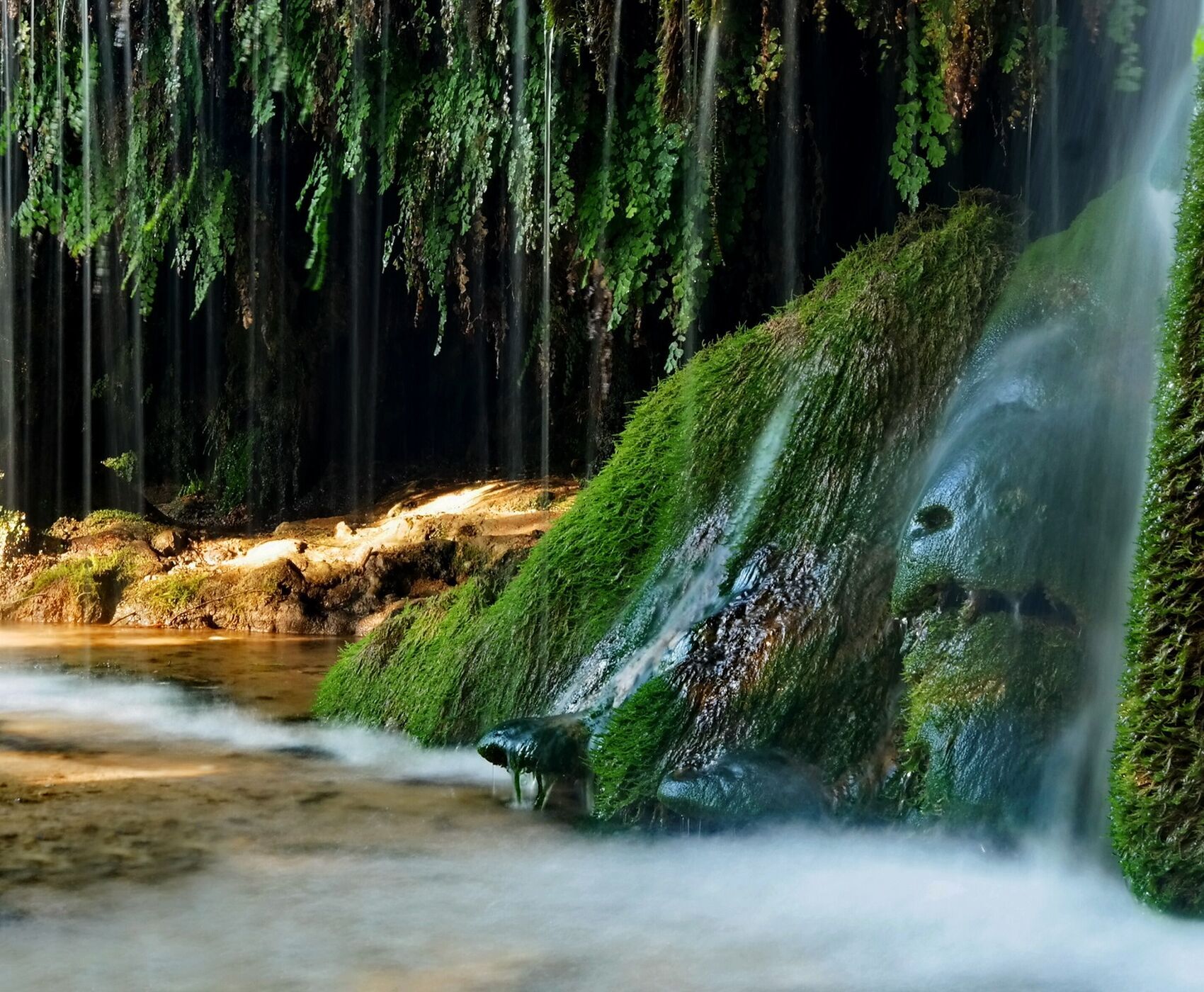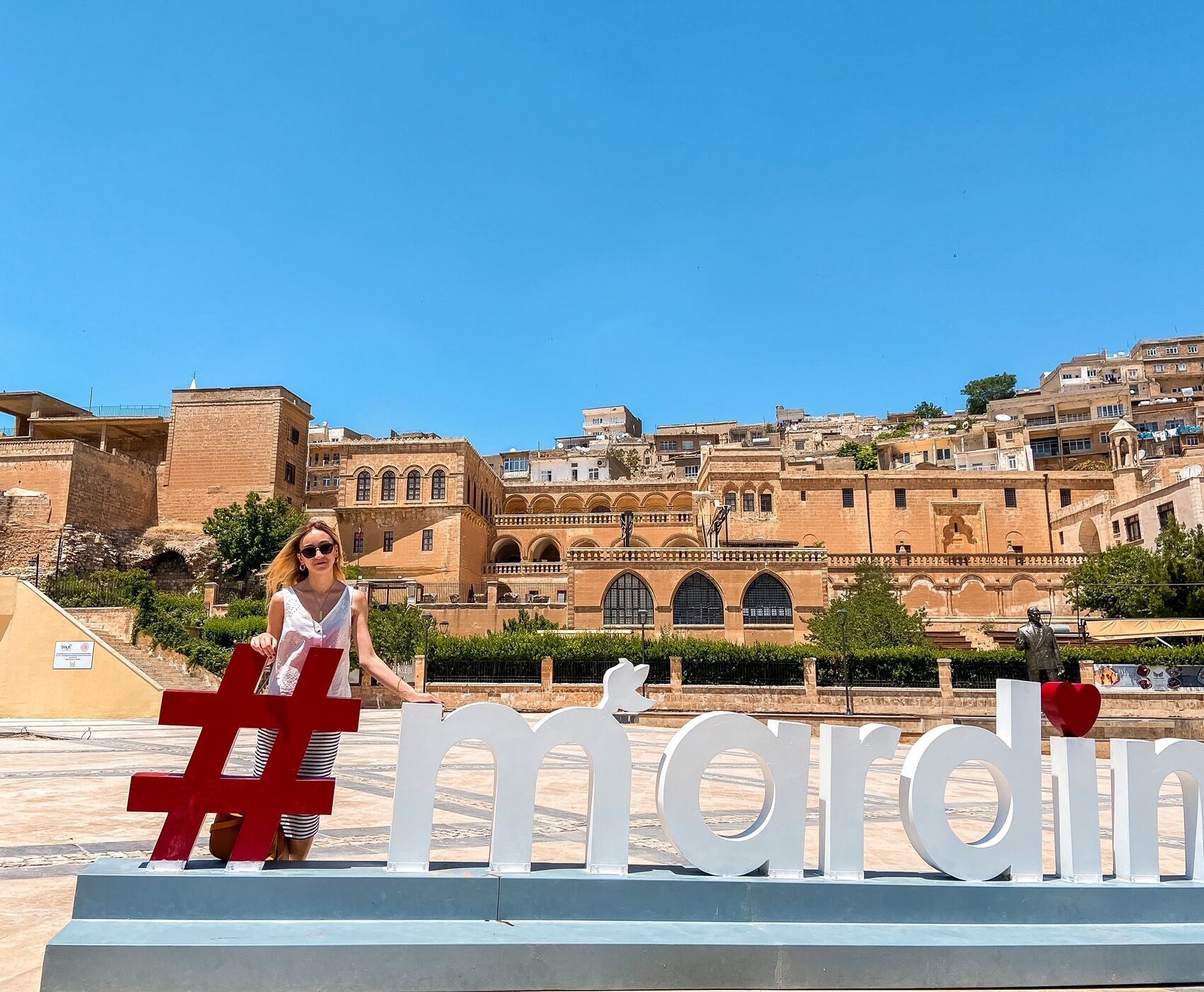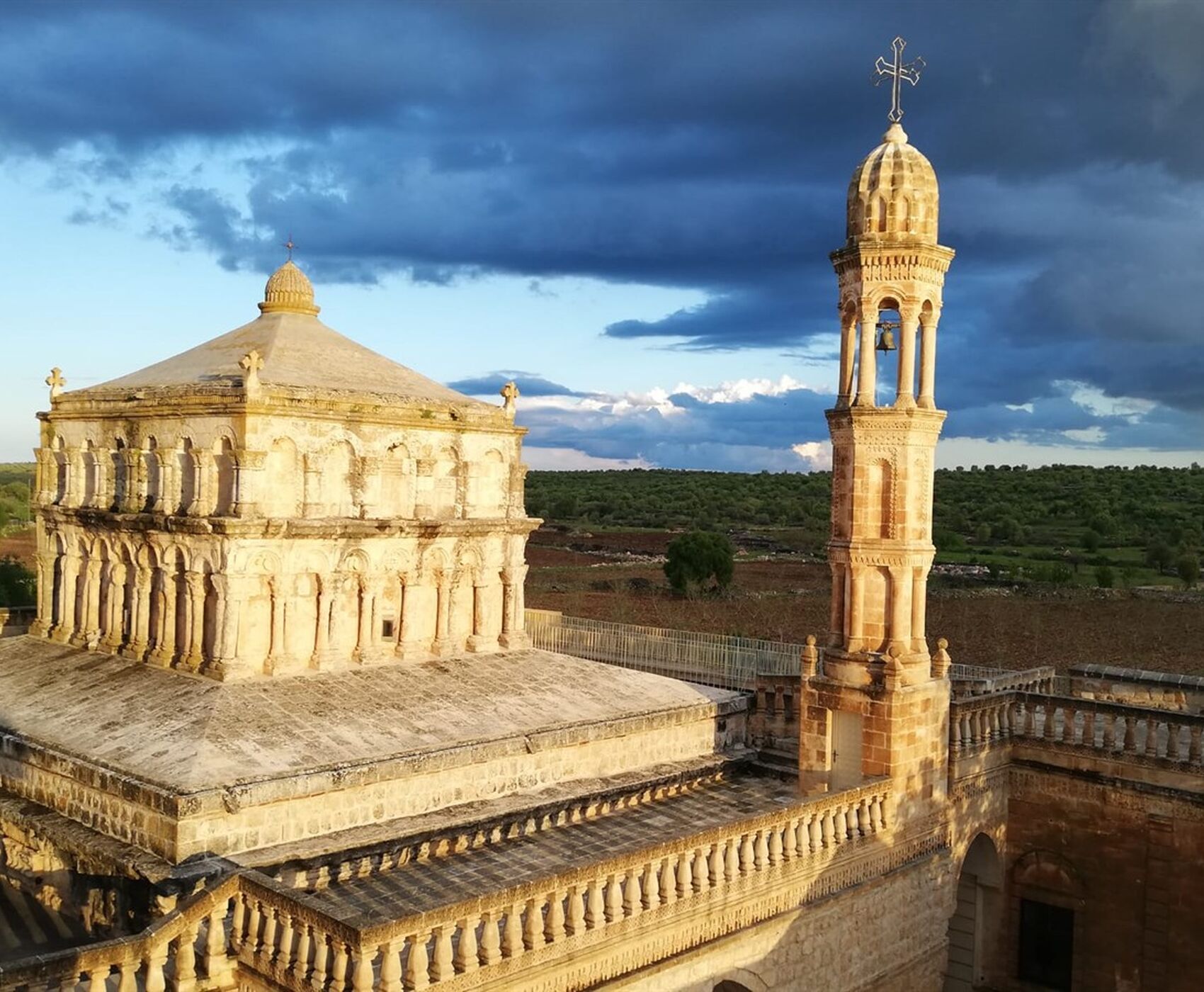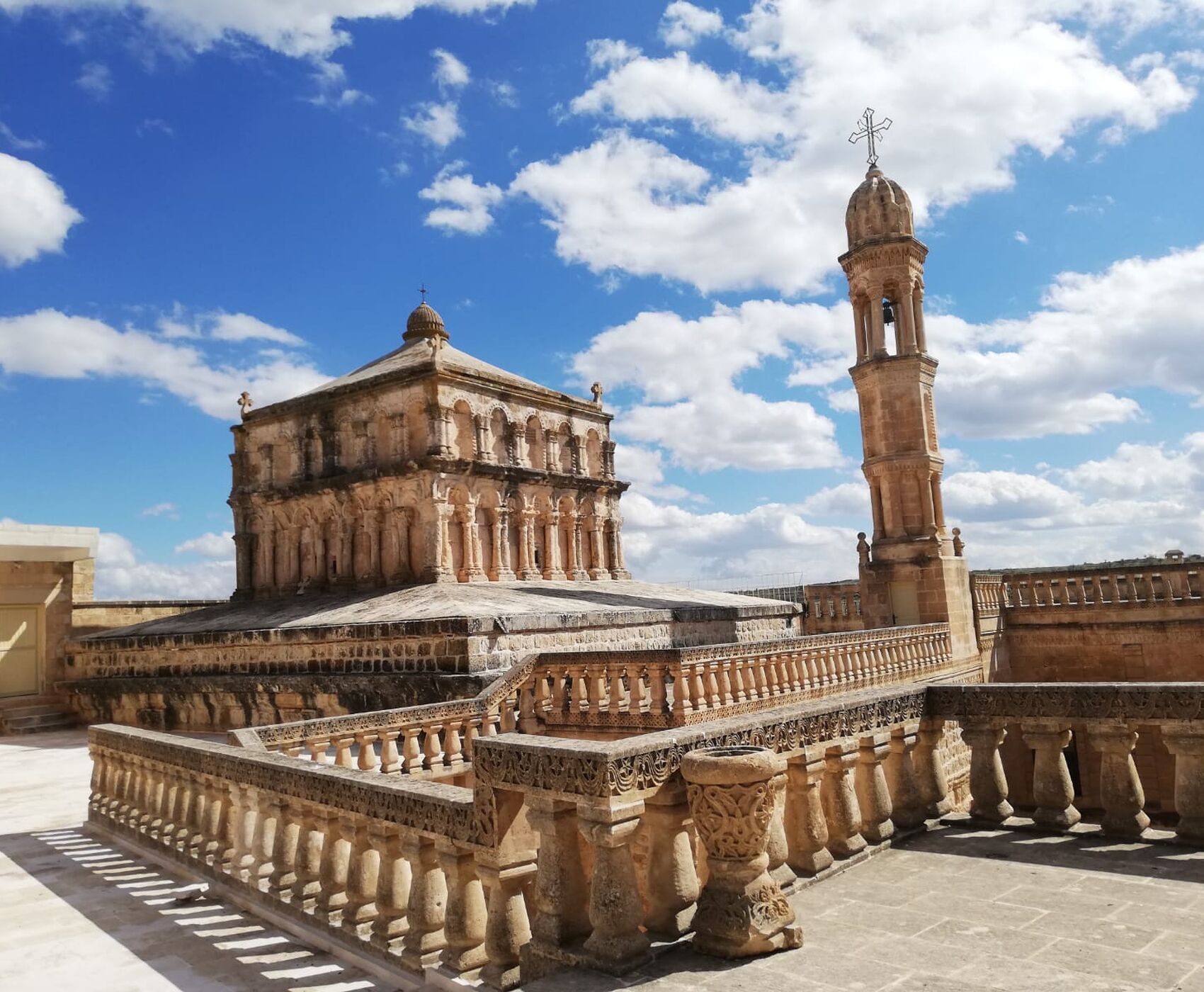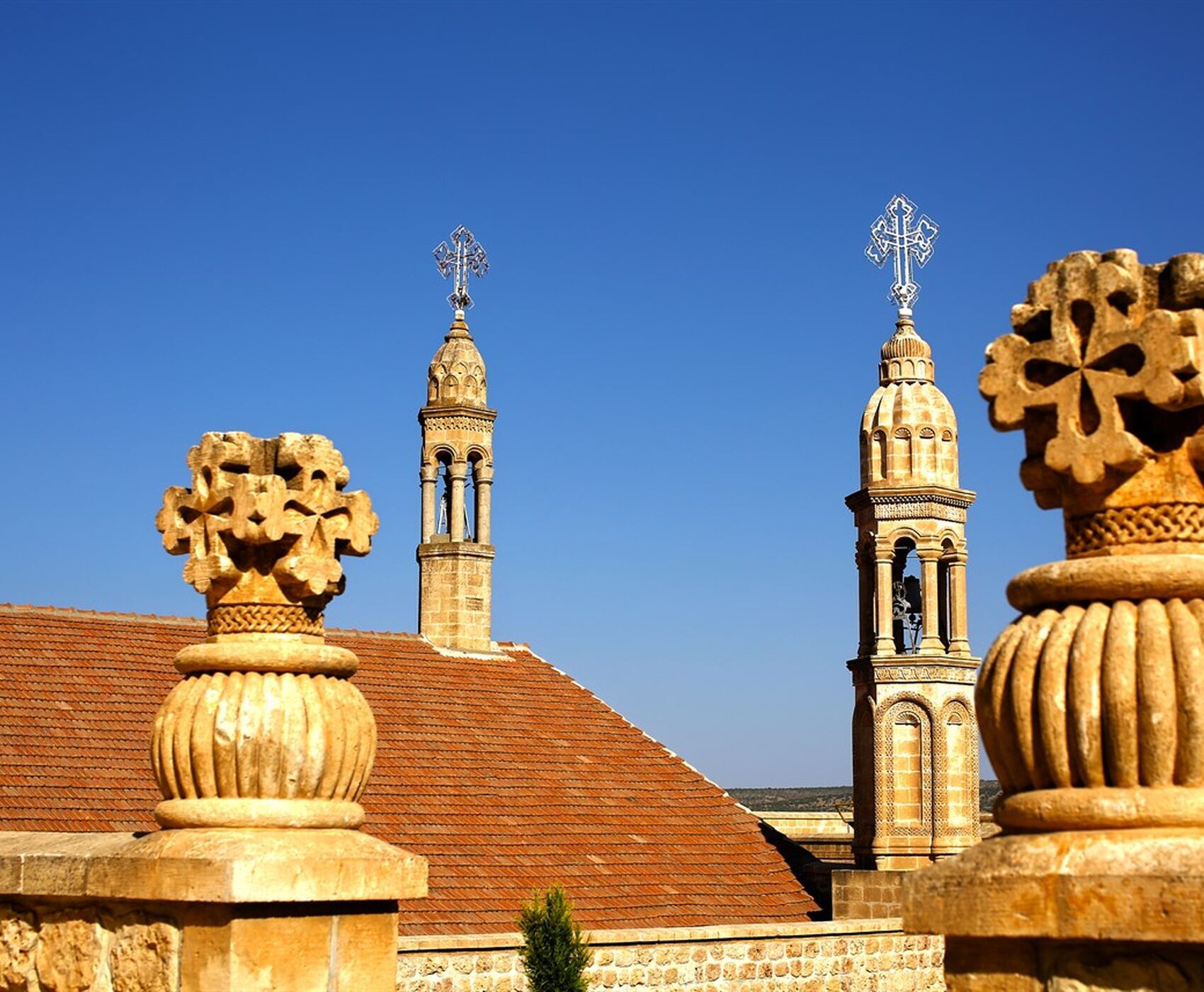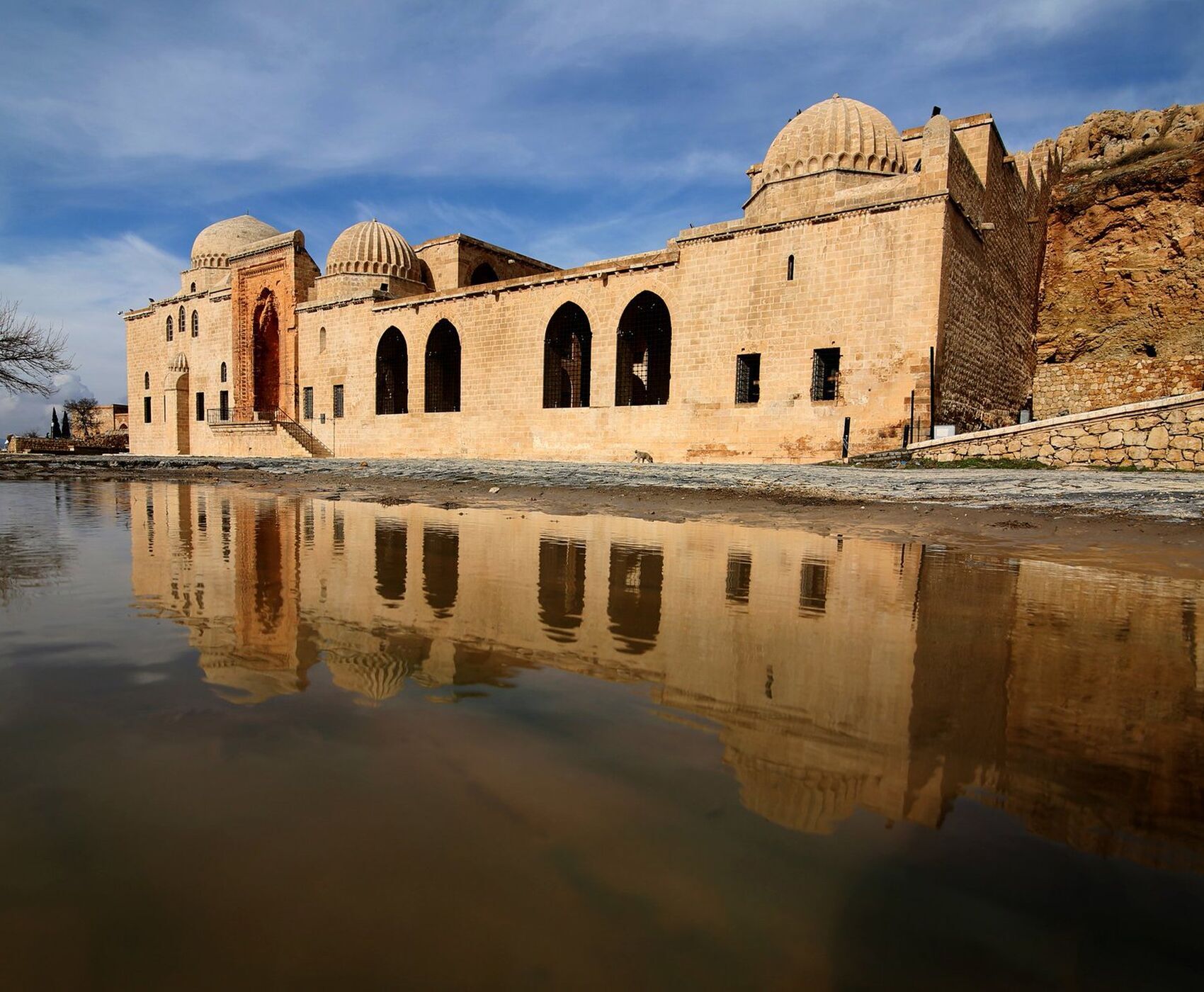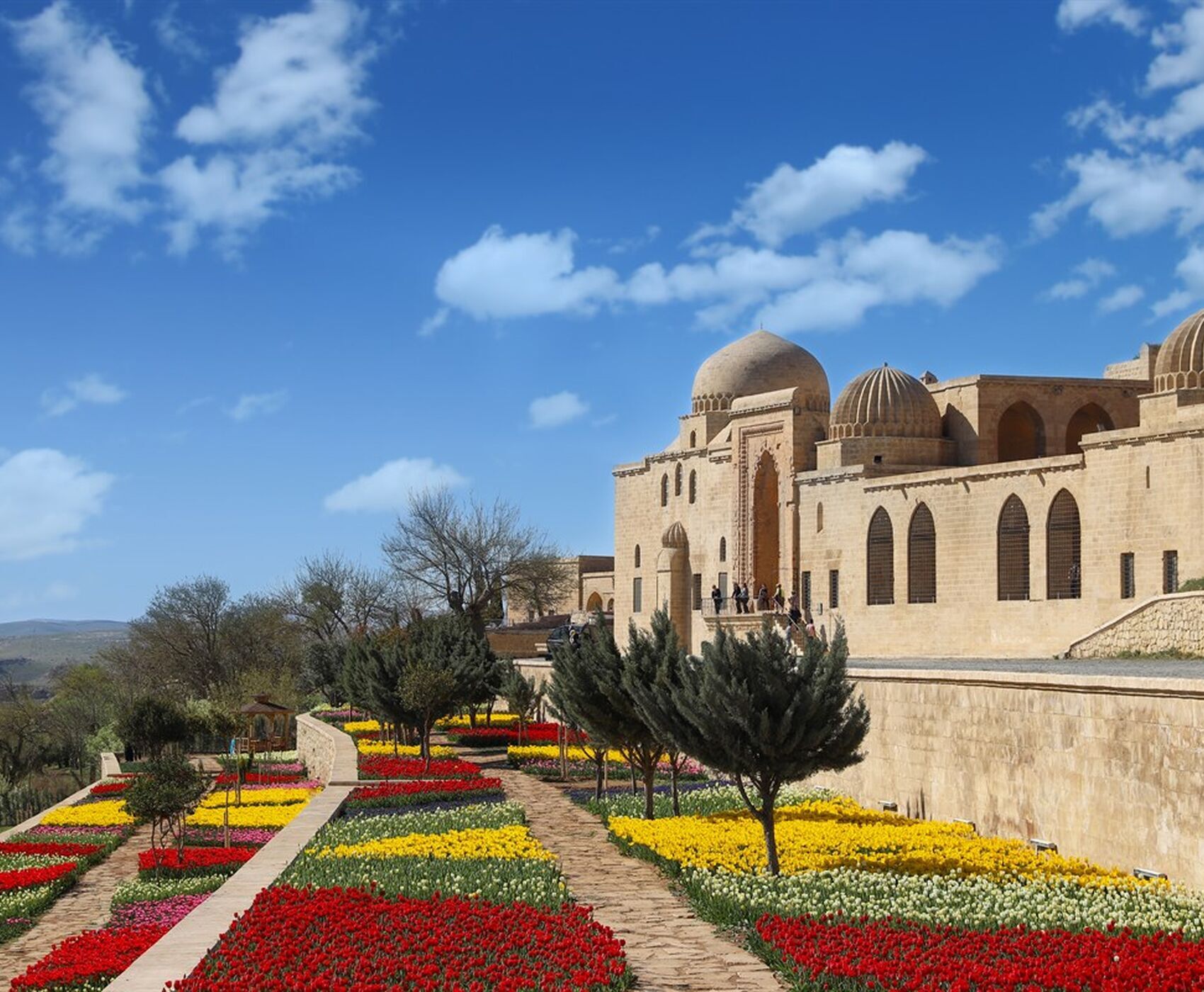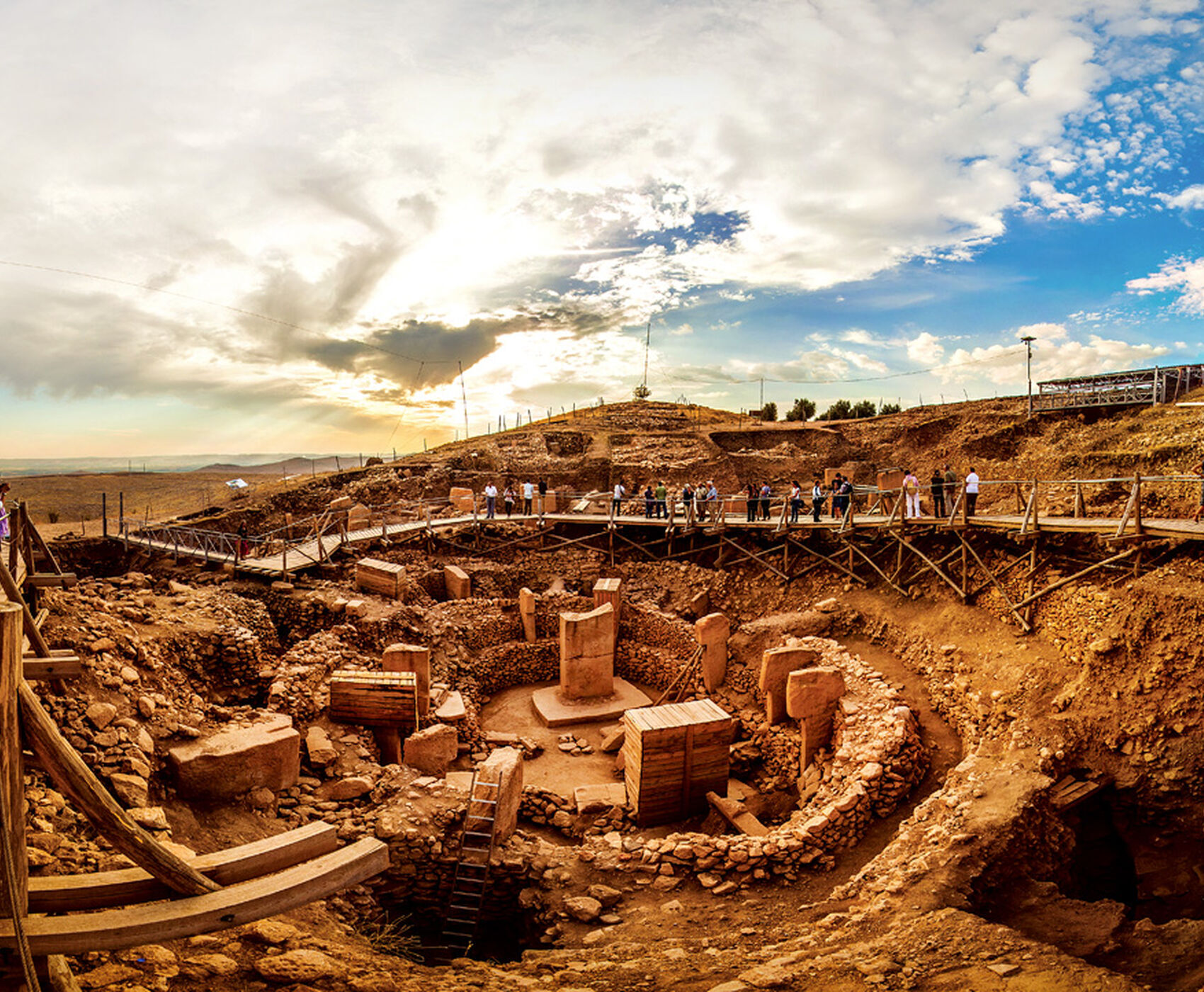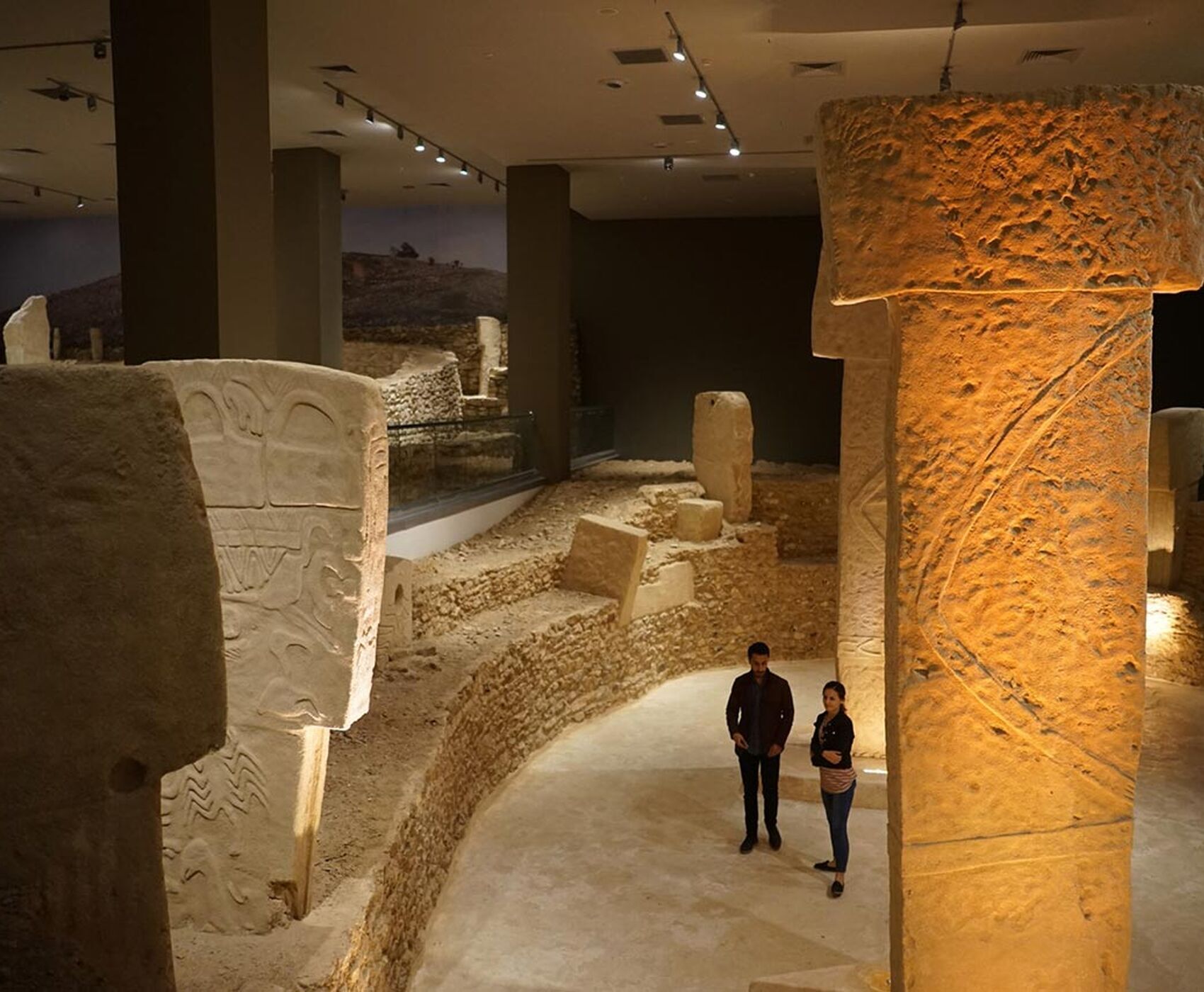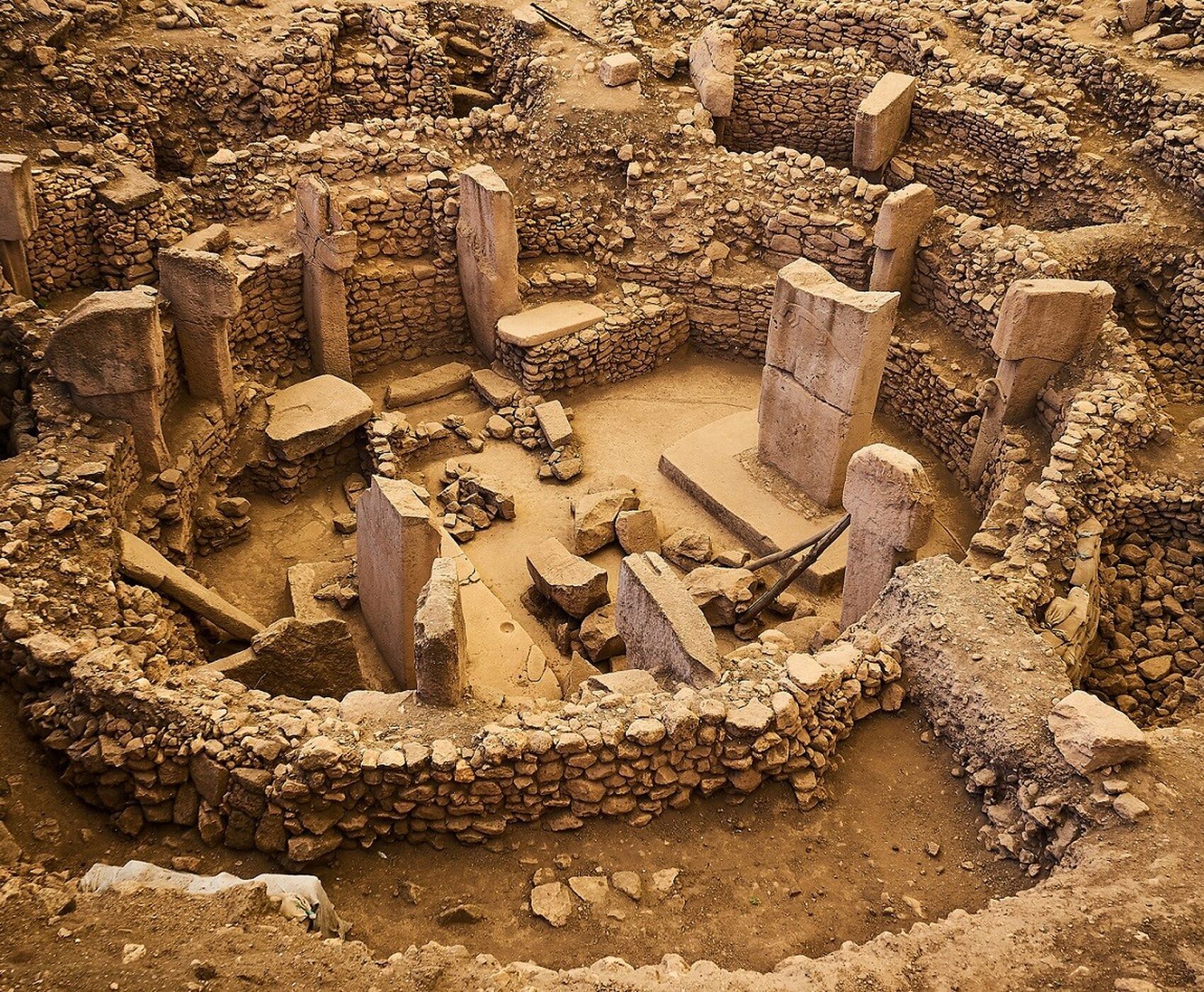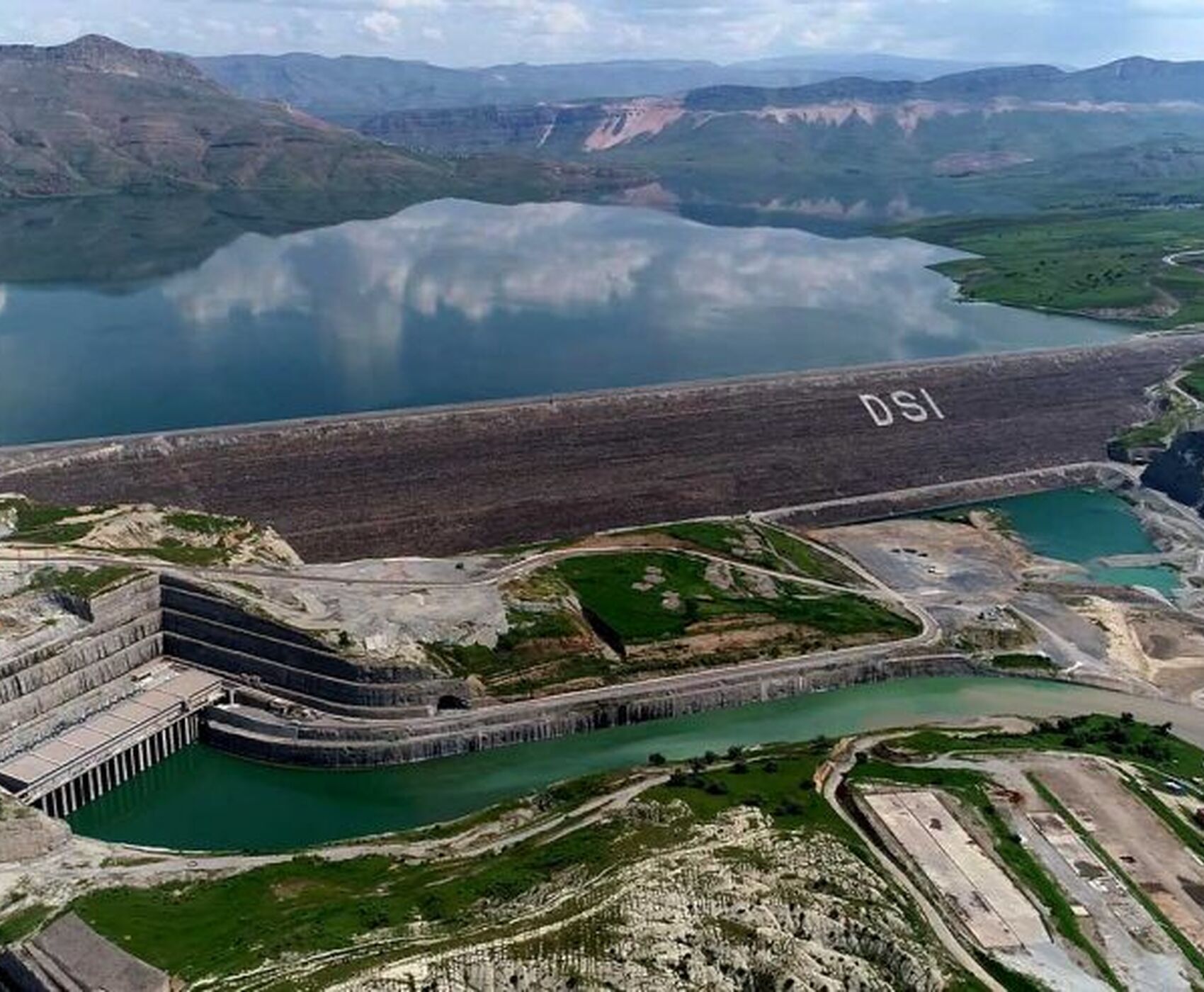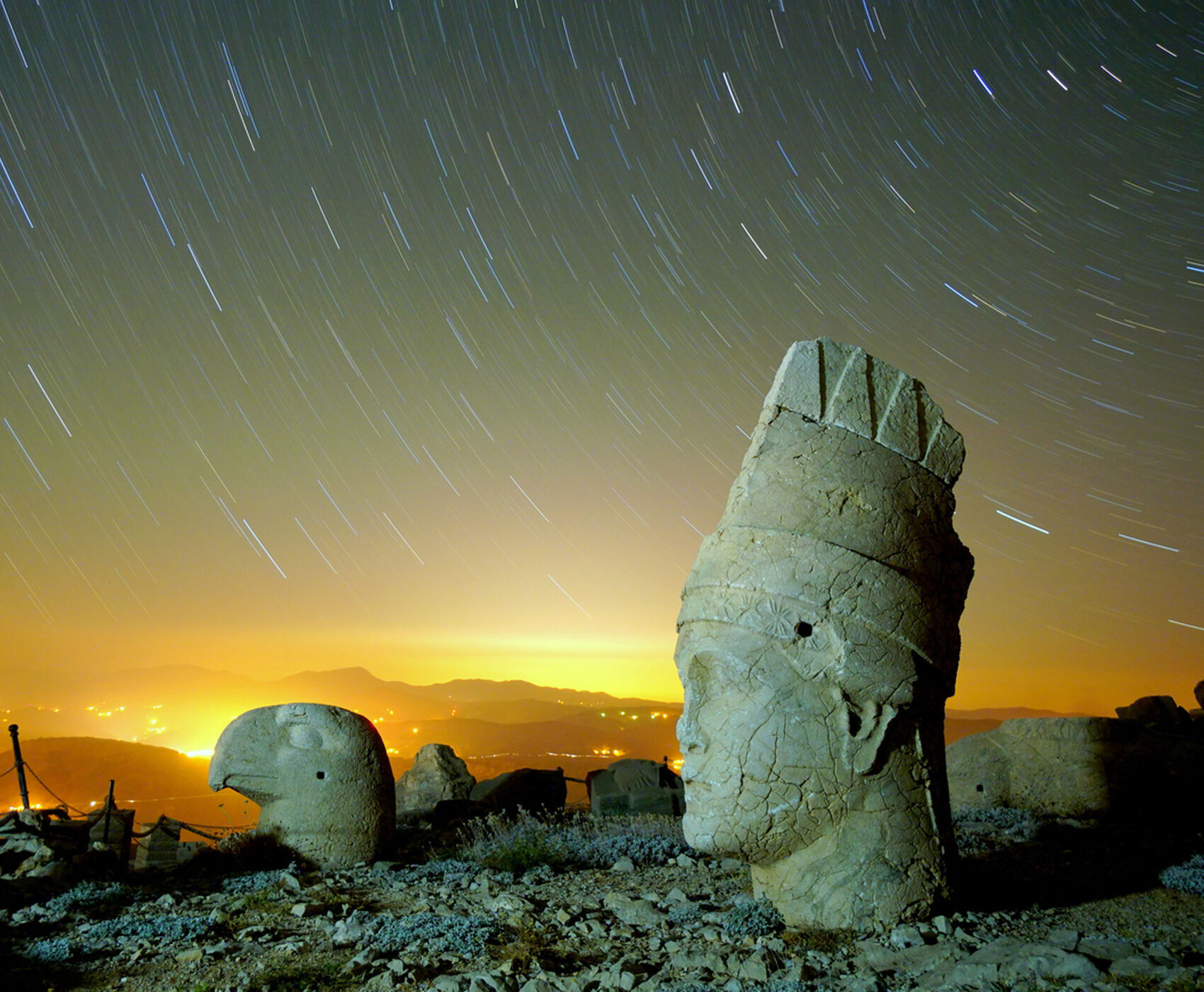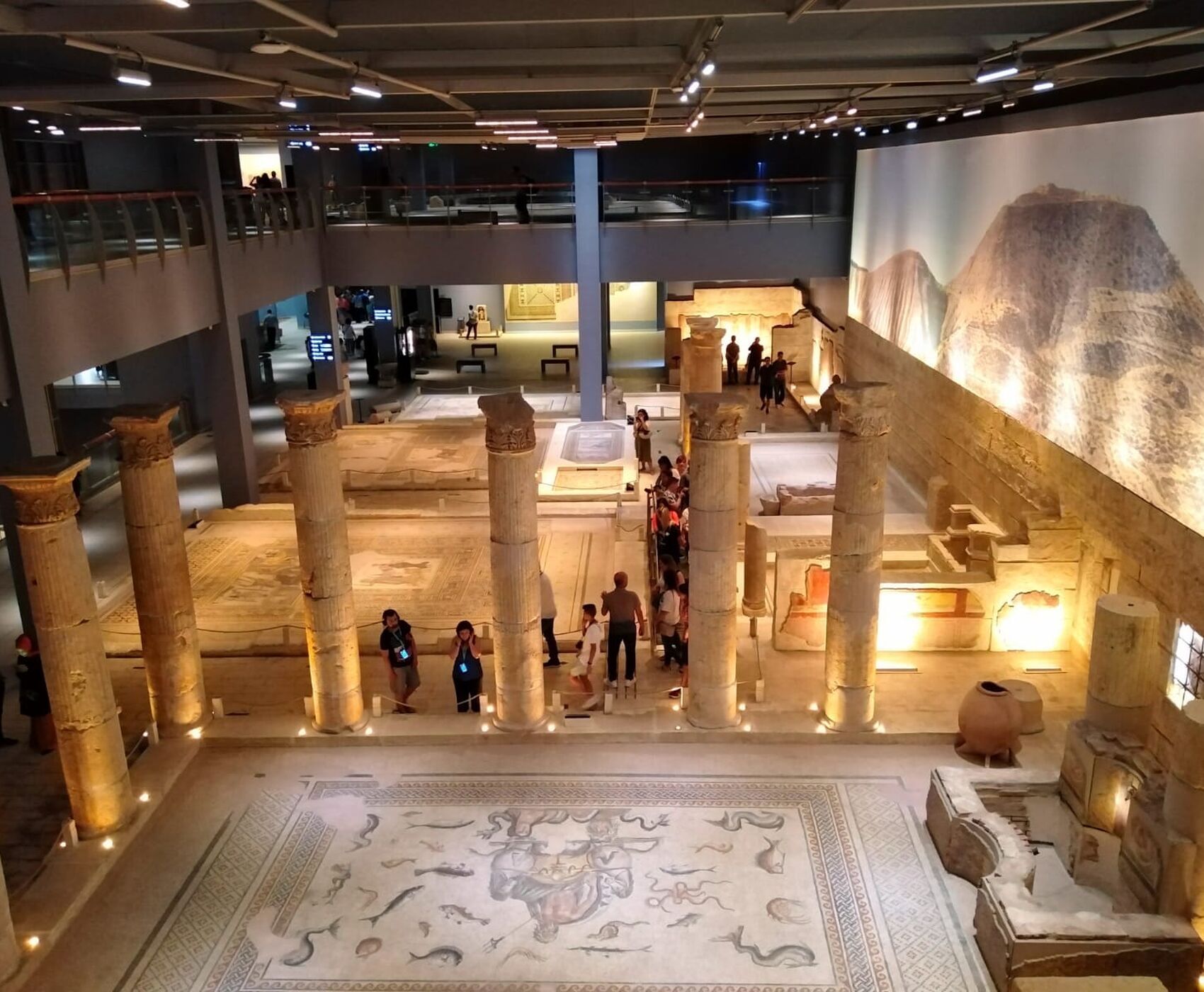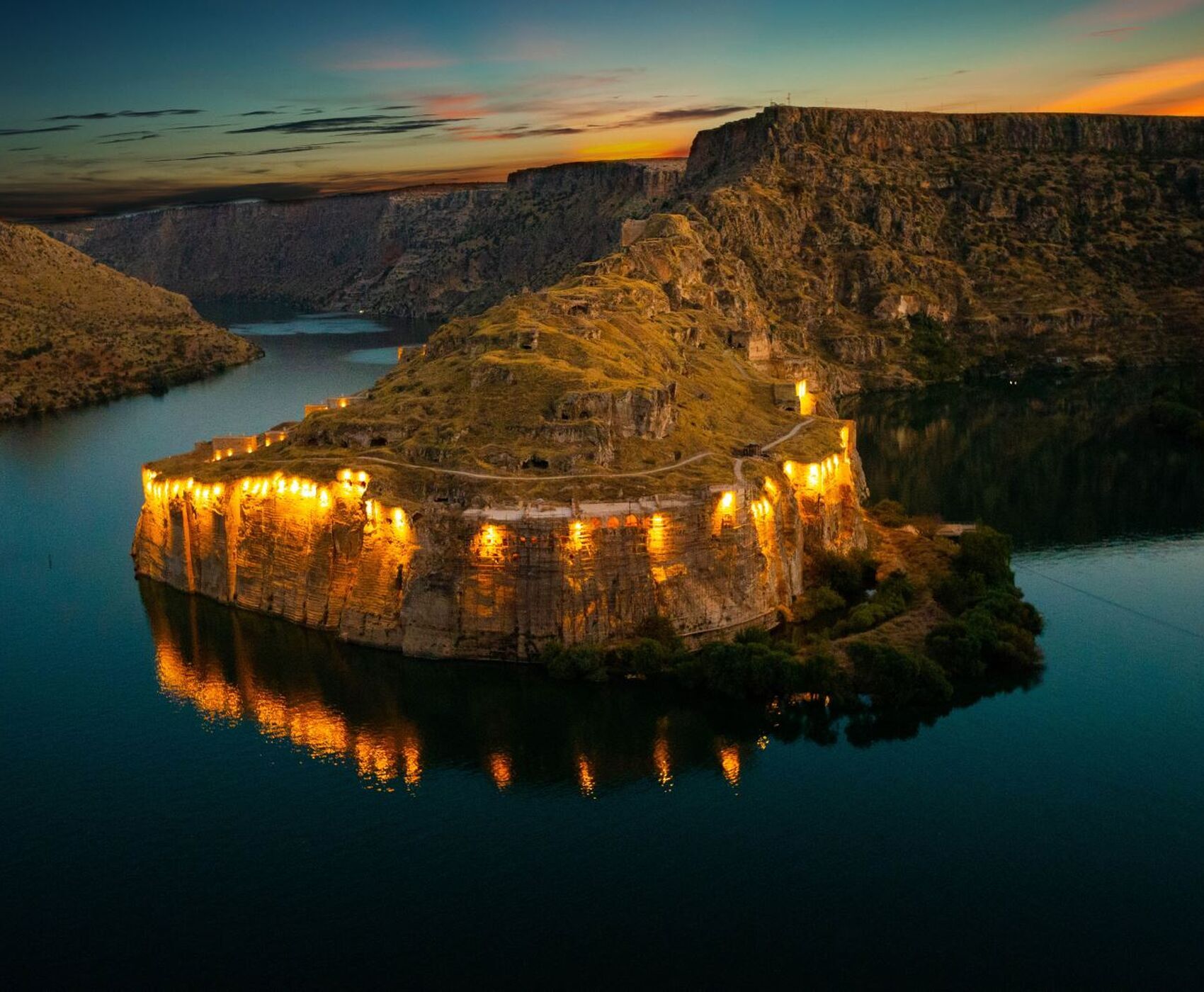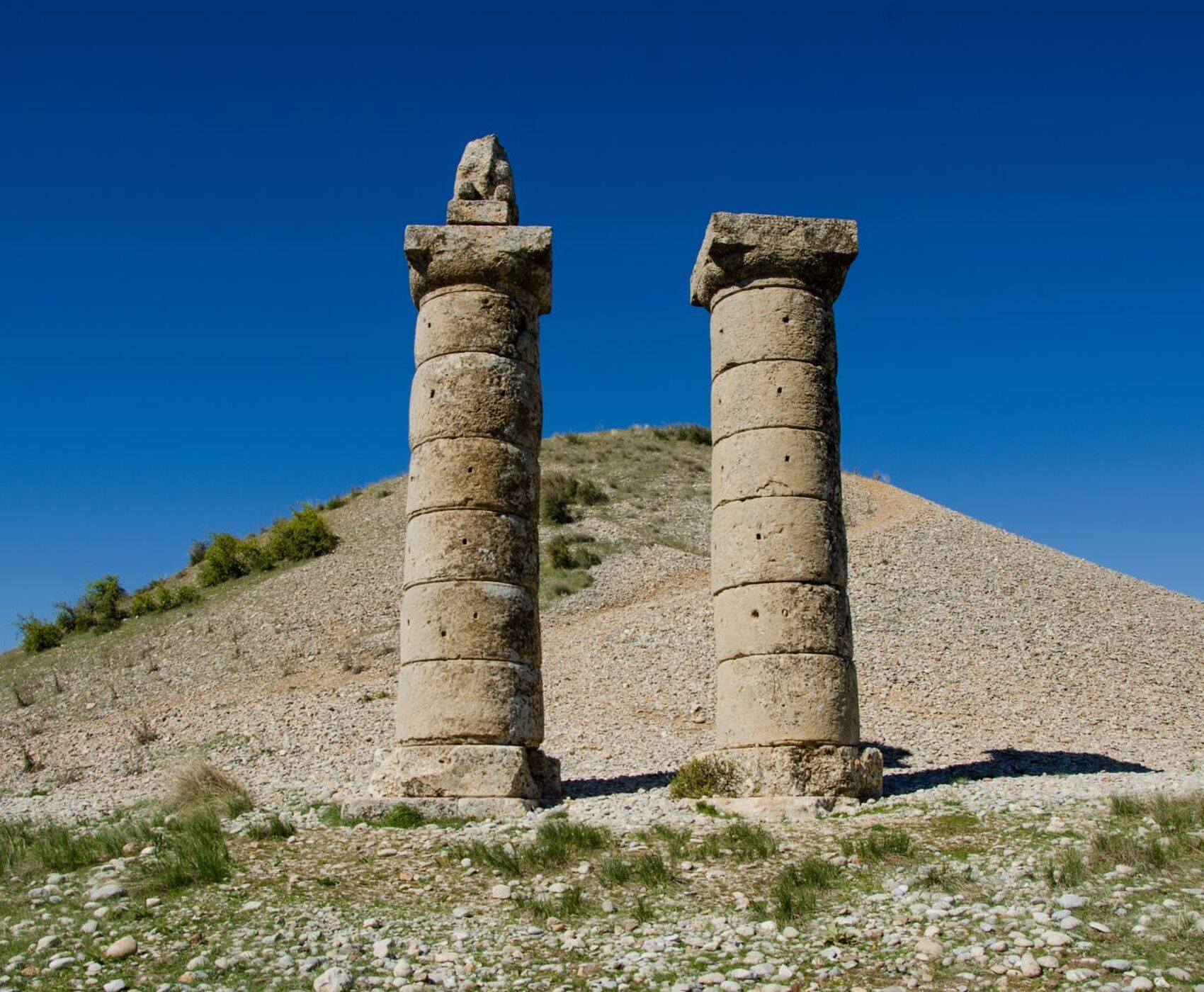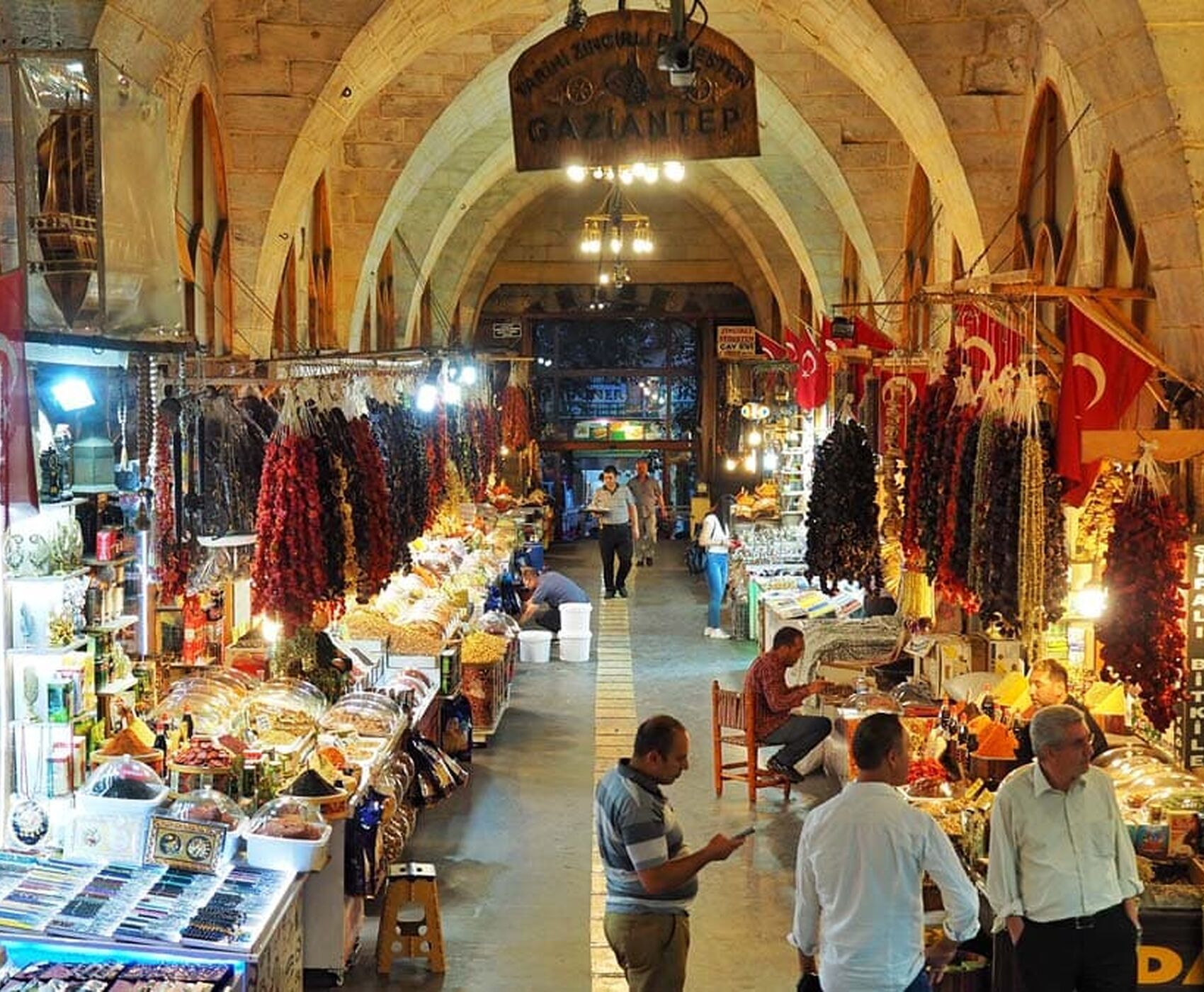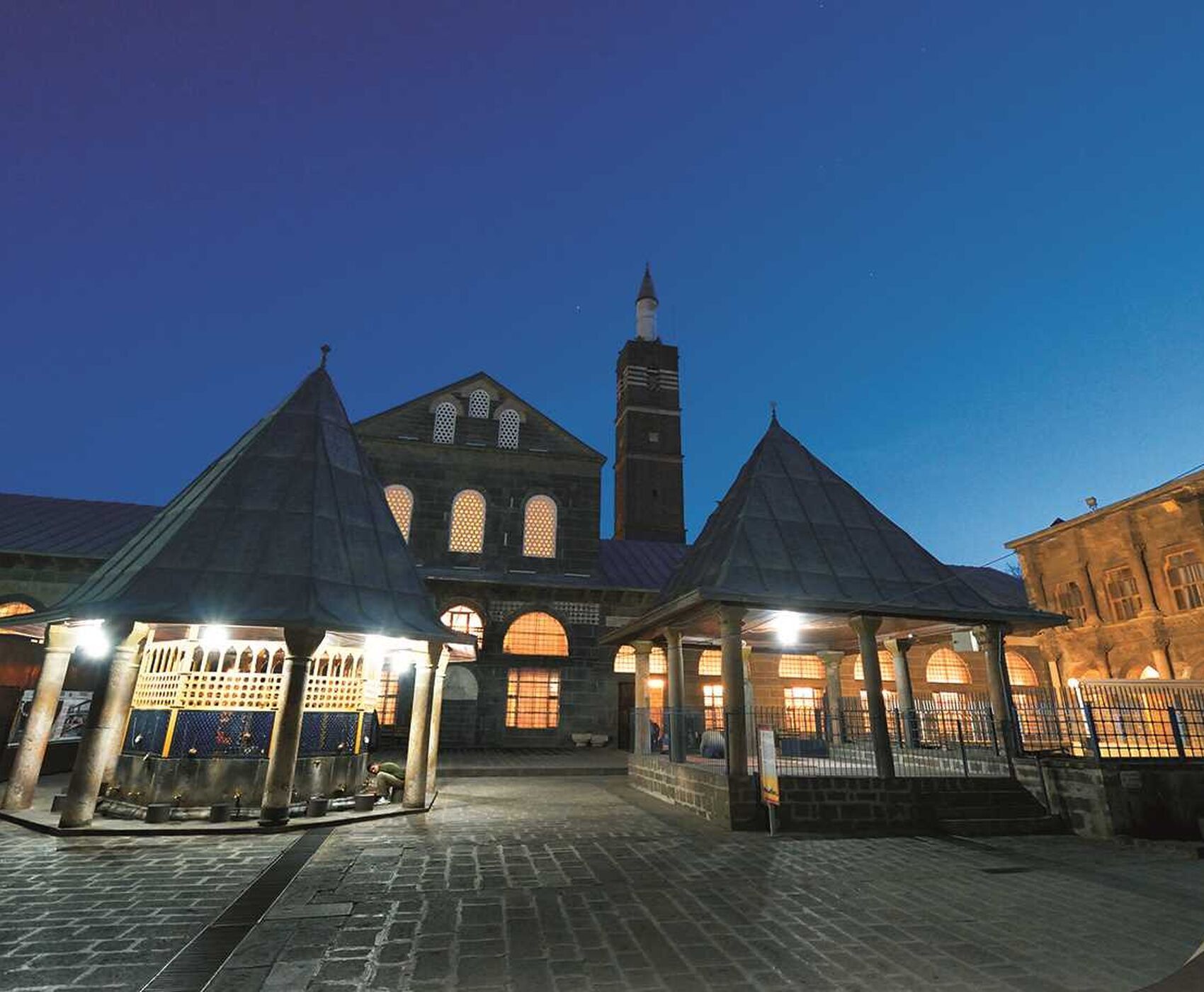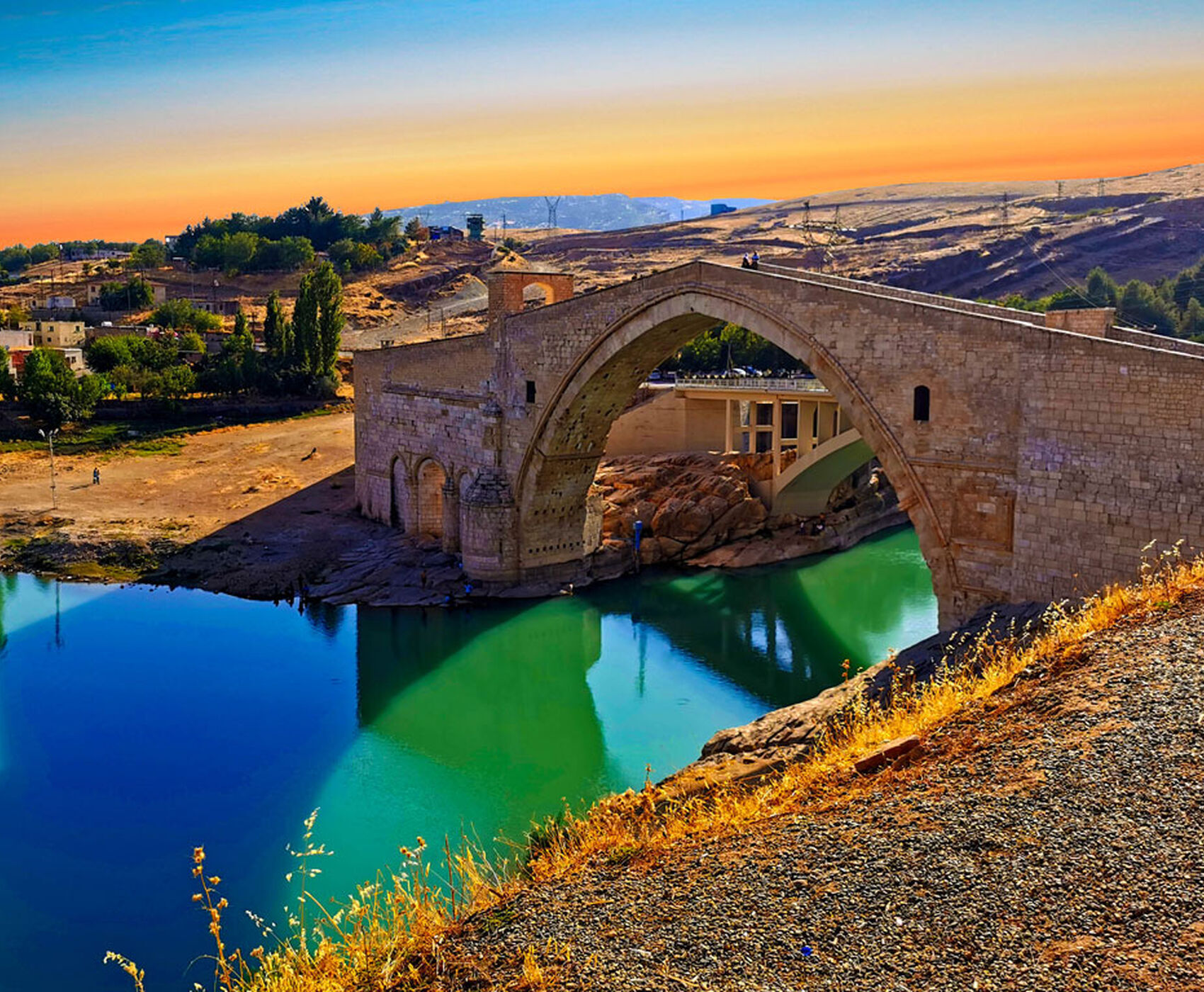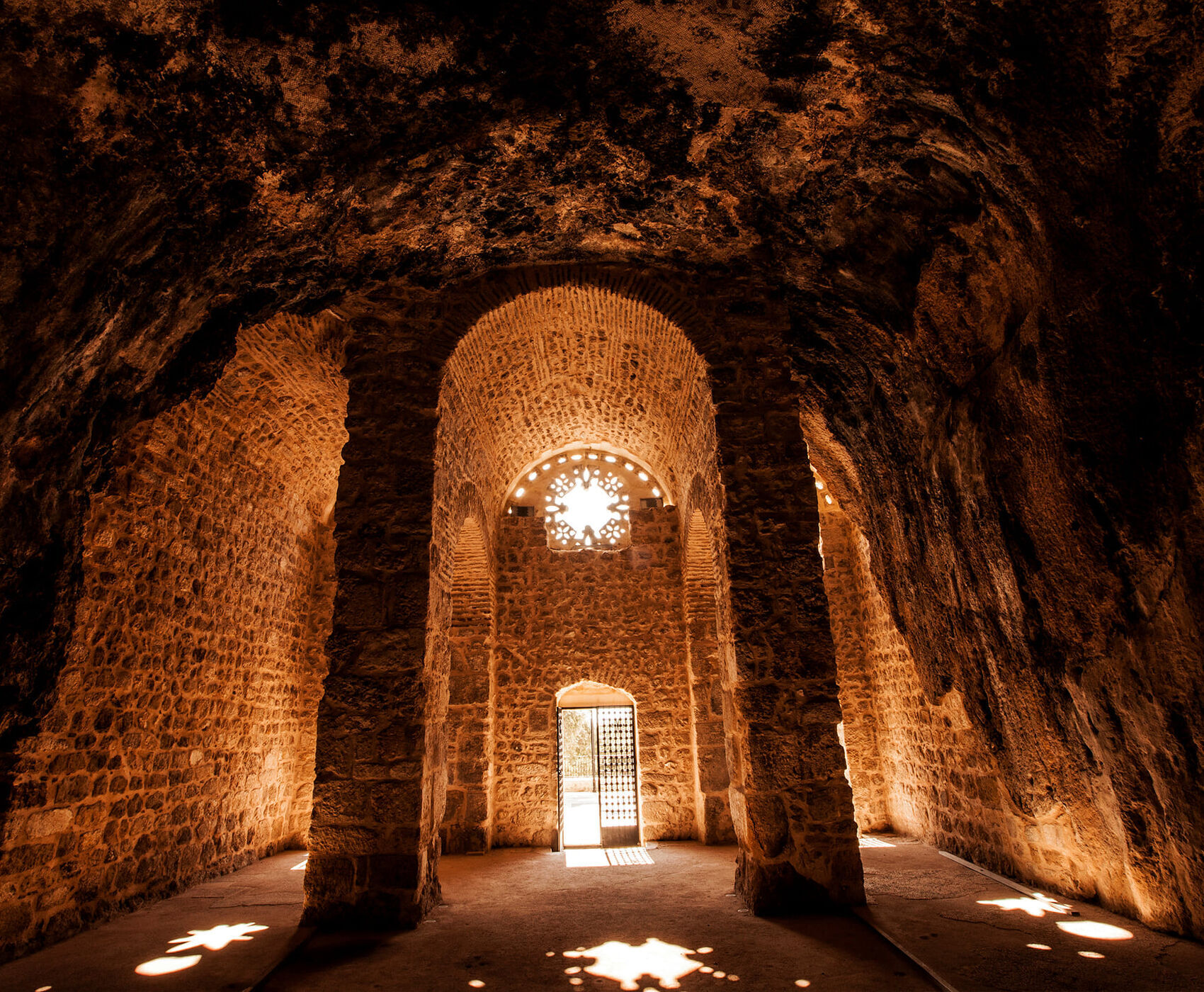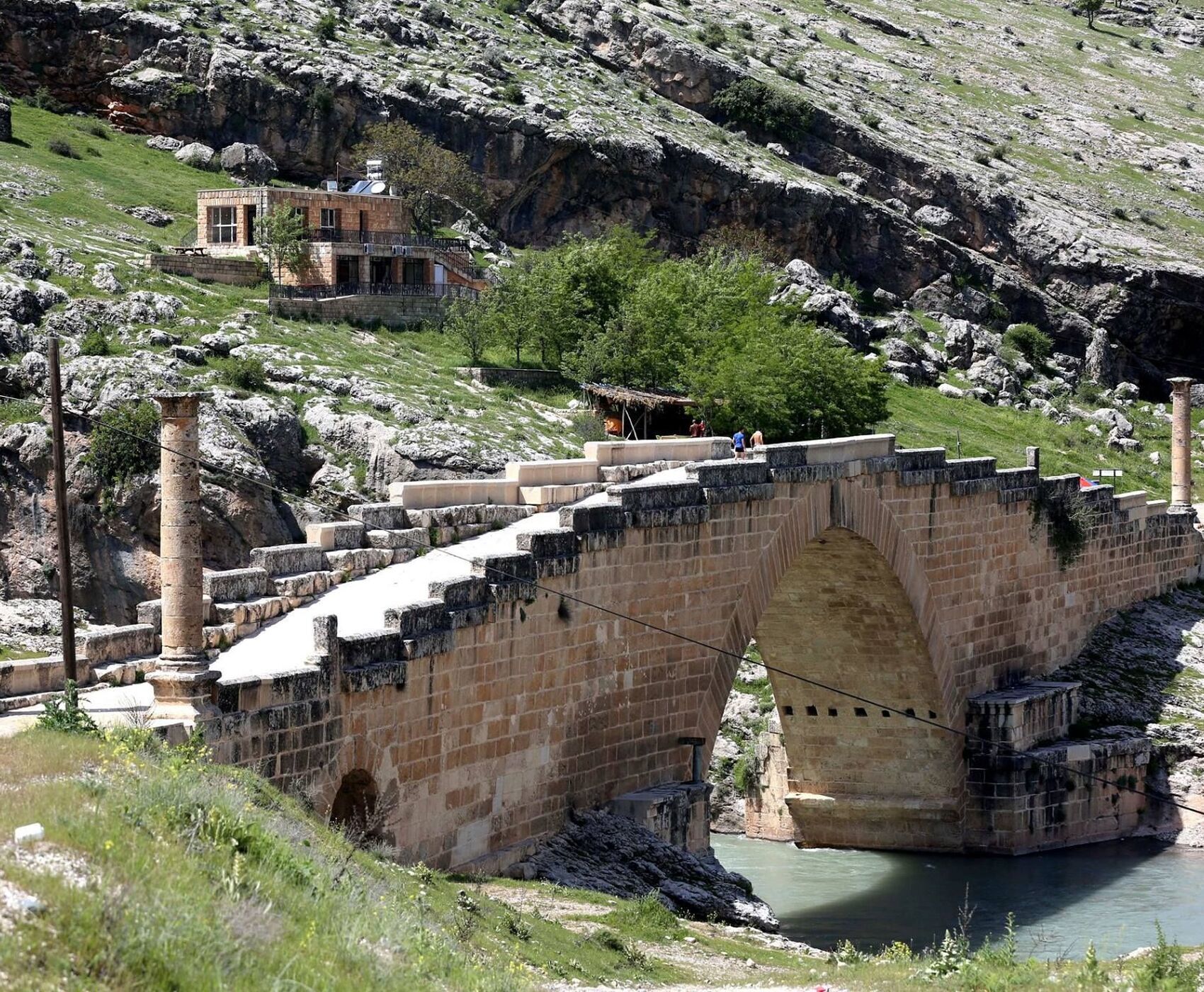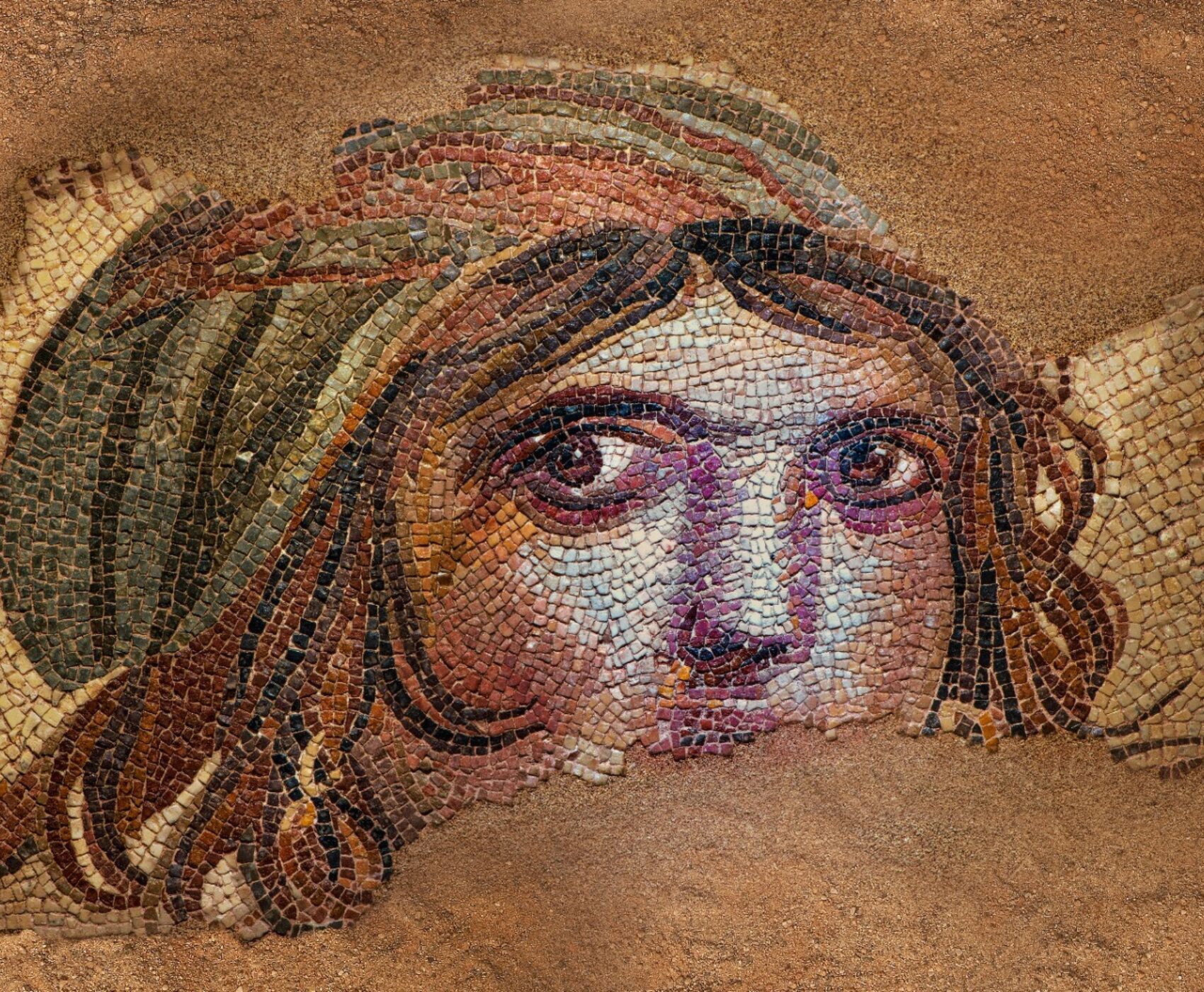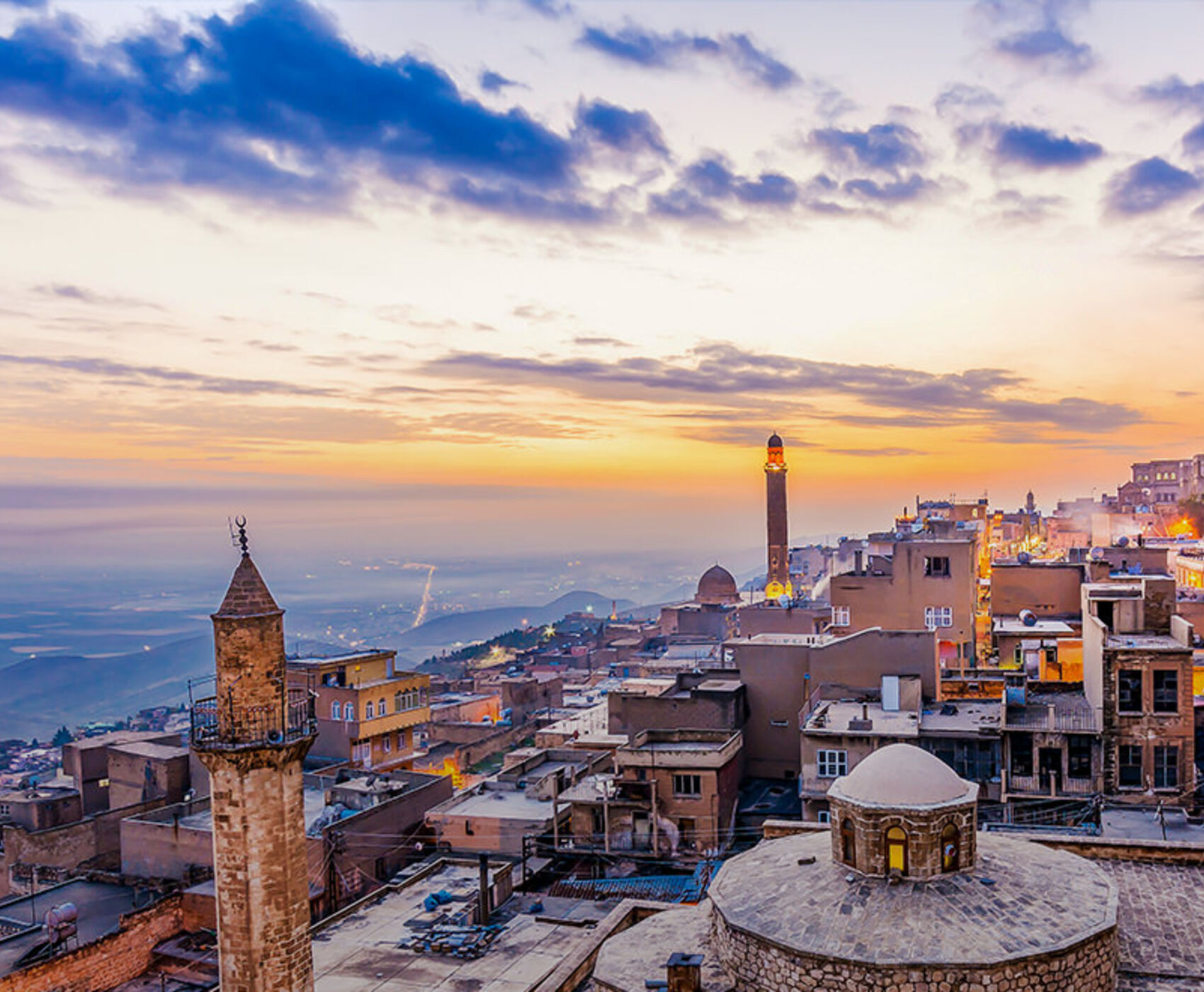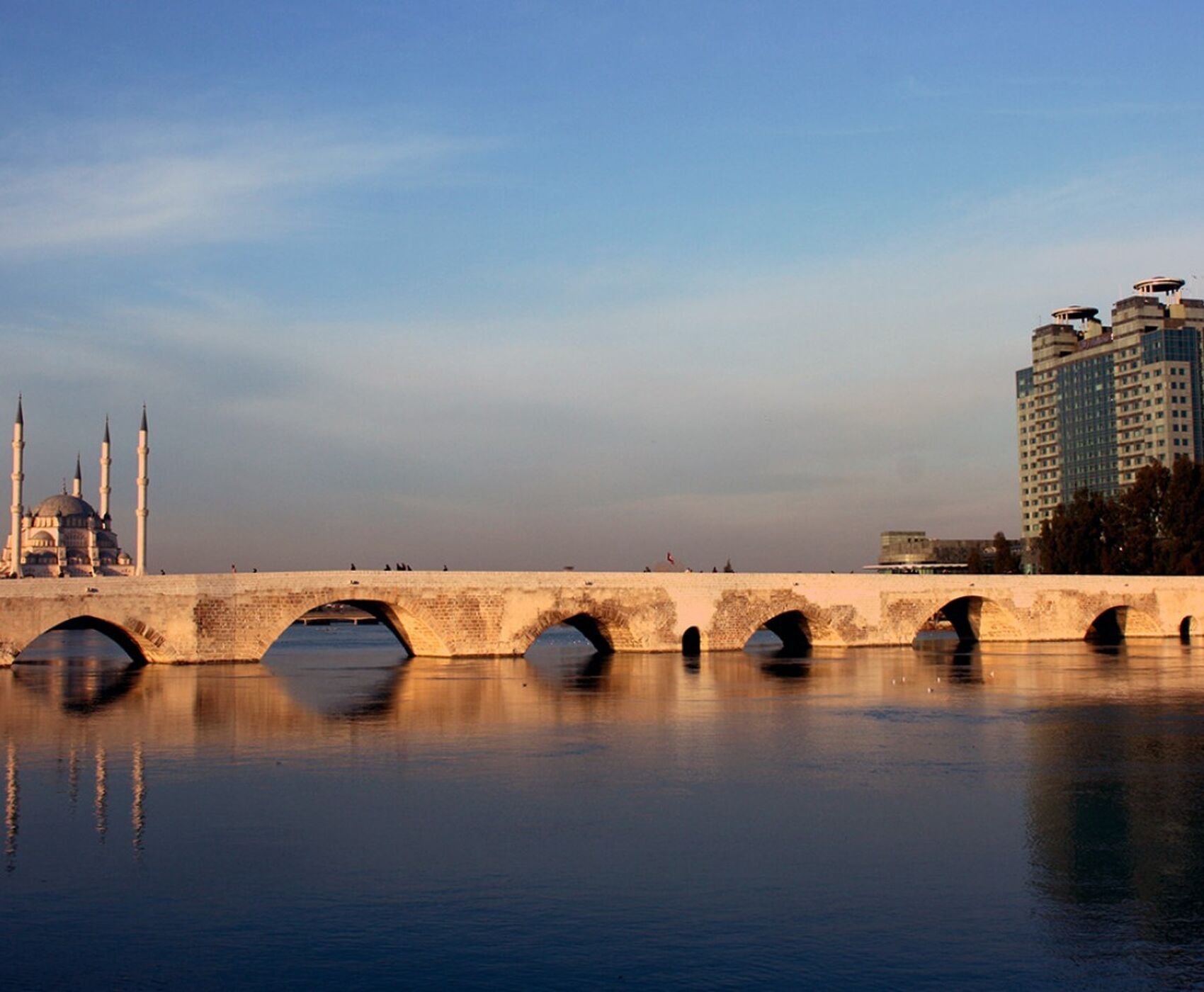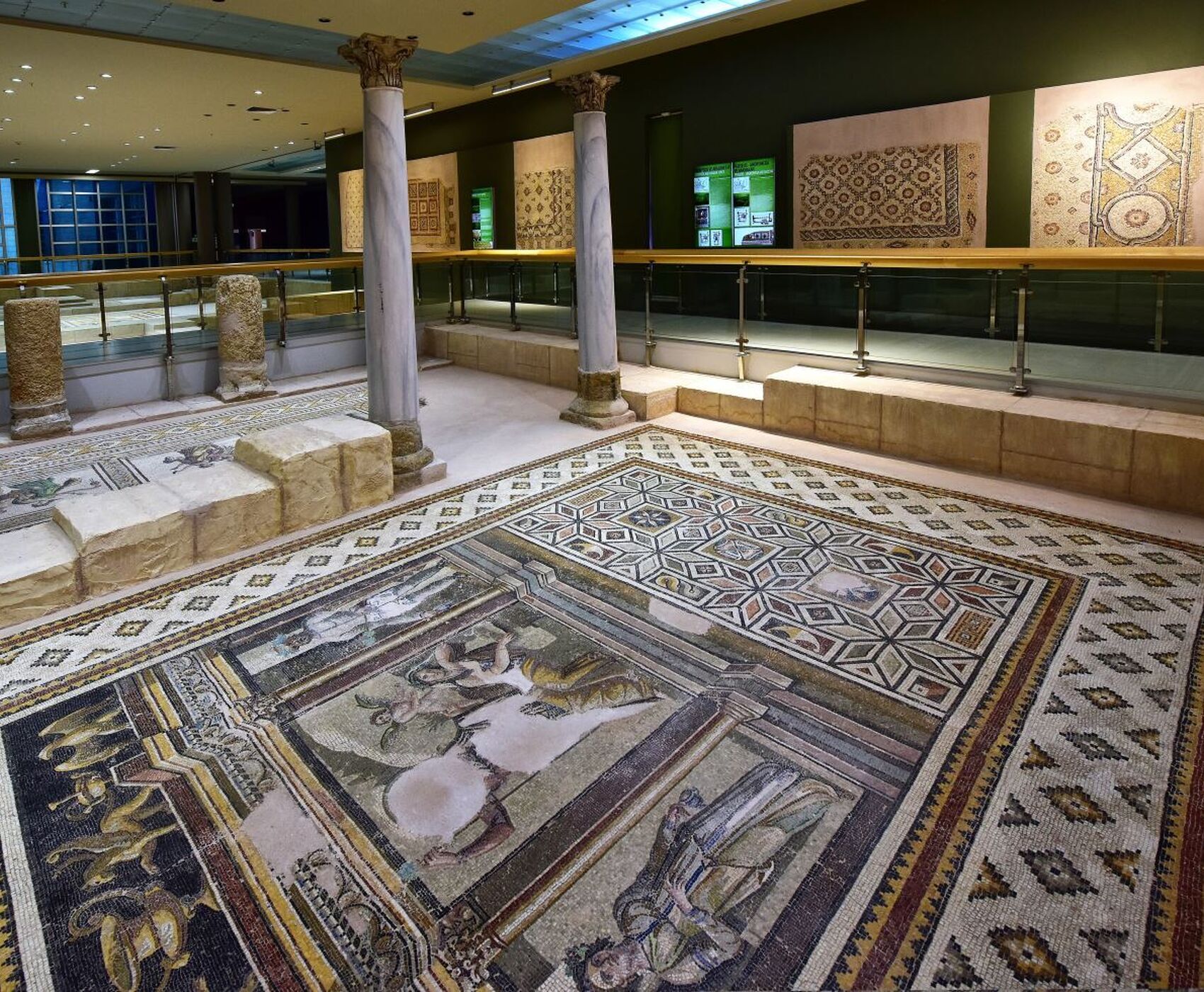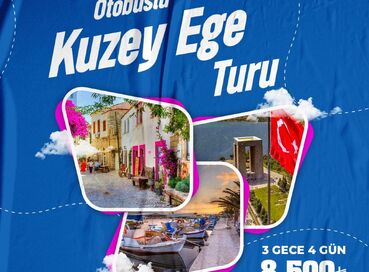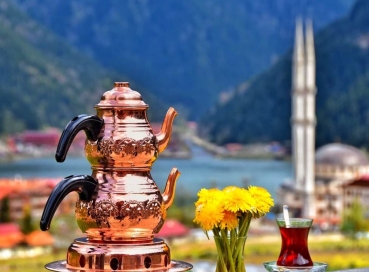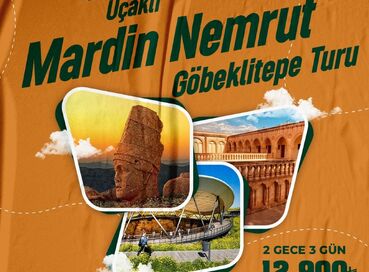After breakfast at the hotel in the morning, we get in our car and go to Diyarbakır. We see the Diyarbakır Walls, which are the best preserved not only in our country but also in the world and Diyarbakır walls are on the UNESCO World Cultural Heritage List. Diyarbakır Walls, which are the only example of a wall in the world as an open-air museum; it is 1700 meters from east to west and 1300 meters from north to south. The walls, which are 5 km long, were built in the form of two walls, the inner and outer walls, but the outer wall has been destroyed. Traces of these outer walls can only be found around Mardin Kapı and Dağ Kapı today. The walls consist of 82 bastions and 4 main gates. The body walls are supported by buttresses. Castle Bastions has round, polygonal and rectangular plans. The height of the walls varies between 5 and 12 m, and the wall thickness varies between 3 and 5 m. The main gates of the wall is called Dağ Kapı (Harput) in the north, Urfa (Rum) Kapı in the west, Mardin (Tell) Kapı in the south, and Yenikapı (Tigris and Şat) in the east. Hindibaba and Tekkapı are secondary gates and were opened during the Republic period. Today's view of the walls that have defied centuries is the Byzantine Emperor II, son of Constantine, who rebuilt Istanbul as the capital of Rome. It was renovated by Constantius (AD 349) and has survived to the present day. Afterwards, we see the Ulu Mosque and Social Complex, one of the oldest mosques in Anatolia, the Hasan Pasha Inn built by Hasan Pasha, who was the governor of Diyarbakır between 1572-1575, the Süleyman Mosque, the Sülüklü Inn, and the Akkoyunlu ruler. After visiting the Four-Legged Minaret of the Sheikh Mutahhar Mosque built by Kasım Bey, photographing the Keçiburcu Hevsel Gardens and the historical bridge over the Tigris River, popularly known as the ten-eyed bridge, we will have free time after visiting Hasankeyf, which is in danger of being submerged under the waters of the Ilısu Dam. In Hasan Keyf, which has seen uninterrupted development since it is the crossing point of the Silk Road on the Tigris; We take a photo break next to the new bridge to see the traces of the Artuqids, Ayyubids and Ottomans. We are moving towards Midyat. In Midyat, which looks like a small Mardin, we see the District Governor's Guest House (can beseen from the outside), which has hosted the shootings of many famous TV series and is one of the most important examples of civil architecture in the region, the old inn and Midyat streets, and we shop in Telkariciler Street. After our tour, we go to our hotel in Mardin for dinner and accommodation.
Breakfast: At the hotel
Lunch: Extra
Dinner: At the hotel
Hotel To Stay: Mardin Yay Grand Hotel https://www.yaygrand.com/tr
 en
en  EN - 1-English
EN - 1-English RU - 3-Русский
RU - 3-Русский
